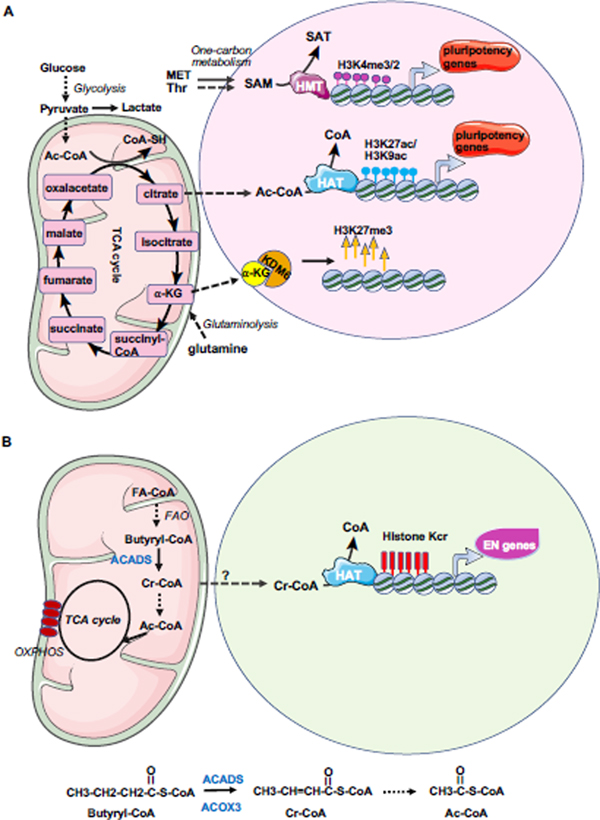Figure 2. Metabolic influence on ESC maintenance and endoderm differentiation.
(A) hESCs heavily rely on glycolysis and acetyl-CoA, and one-carbon metabolism of methionine and SAM for maintenance of epigenetics required for pluripotency. mESCs are dependent on glutamine metabolism and α-KG as well as one-carbon metabolism of threonine and SAM for maintaining pluripotency and the epigenetic status. Ac-CoA: acetyl-CoA; HMT: histone methyltransferase; HAT: histone acetyltransferase, SAM: S-adenosylmethionine, α-KG: α-ketoglutarate.
(B) Crotonyl-CoA from fatty acid oxidation (FAO) enhances histone crotonylation on endodermal genes and promotes endoderm differentiation. Upon endoderm differentiation, butyryl-CoA, a short-chain fatty acyl-CoA which may be produced from the longer-chain fatty-acyl-CoA via β-oxidation (or fatty acid oxidation), is catalyzed to produce crotonyl-CoA by ACADS. Crotonyl-CoA can be degraded to form 2 molecules of acetyl-CoA, which enters TCA cycle to reduce NAD+ to NADH for oxidative phosphorylation. Meanwhile, crotonyl-CoA can be present in the nucleus to enhance histone crotonylation on the regulatory elements of endodermal genes to promote endodermal gene expression. Kcr: lysine crotonylation; Cr-CoA: crotonyl-CoA, FAO: fatty acid oxidation; FA-CoA: fatty acyl-CoA; OXPHOS: oxidative phosphorylation; ACADS: acyl-CoA dehydrogenase short chain (in mitochondria); ACOX3: acyl-CoA oxidase (in peroxisome).

